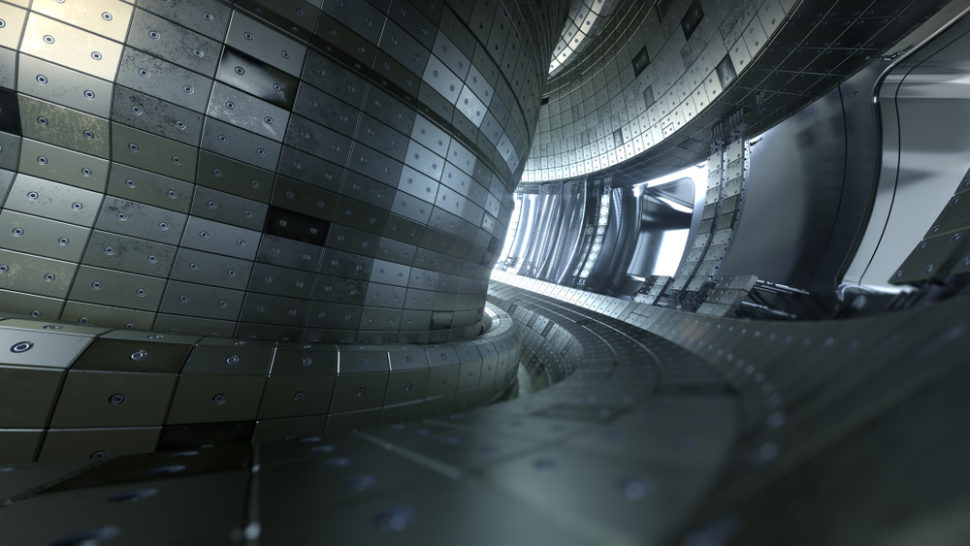In the quest toward clean and unlimited fusion power, scientists and engineers are clearing one hurdle at a time.
Besides figuring out how to reach the temperatures needed to fuse atoms, they have to fix some engineering issues that rise with hot plasma.
And to do that, they resort to different science-based solutions that were used and tested before for many other applications.
Powerful magnets are used to confine plasma fuel and stabilize tokamak reactors. Microwaves proved to be useful to achieve steady-state operation of the thermonuclear reaction. Excess heat is another issue that could be addressed thanks to superconducting exhaust systems.
This time, scientists adopted artificial intelligence to address another issue: plasma production disruptions that occur suddenly and might damage the reactor.
AI Writes New Chapter in Fusion Power Book
From computer science, to medicine, astronomy, automation, AI is revolutionizing the way we do things across the field.
The fusion power industry is no different in that AI algorithms can be used to manage the plasma and the reactor more efficiently.
AI models can also predict the occurrence of sudden plasma disruptions with high accuracy.
That’s what a research team at the U.S. DOE’s Princeton Plasma Physics Laboratory (PPPL), Princeton University, and Harvard have shown in a new study.
Deep learning agents can forecast fusion plasma disruptions, or ‘the sudden loss of confinement of plasma particles and energy” that could halt production and damage components of the reactor.
Thought AI, machine learning, and deep learning aren’t the same, at their heart, they all have the power to learn and make predictions based on what they’ve learned.
Deep learning algorithms require huge datasets to work on, and two major fusion facilities got that part covered.
Researchers fed the deep neural networks with data provided by the DOE’s DIII-D National Fusion Facility in California, and the Joint European Torus in the UK respectively, the largest fusion plants in the U.S. and the world.
Read More: ITER Project Brings us Closer to Viable, Large-scale Fusion Power
The team calls the deep learning code they developed FRNN, or the Fusion Recurrent Neural Network, which can provide “reliable predictions for machines other than the one on which it was trained”.
Eventually, the team hopes to implement the AI on ITER, the International Thermonuclear Experimental Reactor — a multibillion-dollar project currently under development with the aim to bring large scale fusion power to the world.
ITER could apply the study’s findings and use such deep neural agents to predict disruptions and prevent production from being halted and the tokamak from being damaged.
“Artificial intelligence is the most intriguing area of scientific growth right now, and to marry it to fusion science is very exciting,” said PPPL’s Bill Tang, coauthor of the paper. “We’ve accelerated the ability to predict with high accuracy the most dangerous challenge to clean fusion energy.”



















Comments (0)
Most Recent